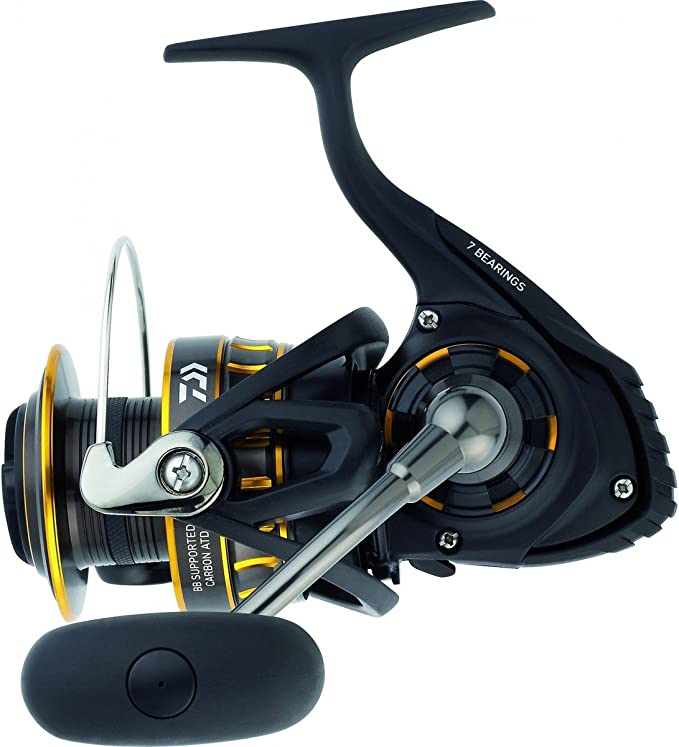The Hydrodynamics of Biofilm Control: Why Pulse Frequency Matters More Than Pressure
Update on Dec. 10, 2025, 11:12 p.m.
In the hierarchy of oral pathogens, biofilm is the apex predator. Unlike loose food debris, which can be mechanically dislodged by a toothpick, biofilm is a complex, sticky community of bacteria that anchors itself to the tooth surface via an extracellular matrix. It hides in the subgingival pockets—the anaerobic trenches between your teeth and gums—where toothbrush bristles cannot physically penetrate.
For decades, the standard response was “string floss.” However, clinical literature increasingly points to a superior mechanism for subgingival decontamination: Pulsatile Hydrodynamic Shear Stress.
The GENKENT 10055-2 is often marketed simply as a “water flosser,” but technically, it is a high-frequency oral irrigator. Its specification of 1600-1800 pulses per minute (PPM) places it in a specific therapeutic window designed not just to rinse, but to physically dismantle bacterial structures through fluid dynamics.
The Physics of Pulsation: Compression and Decompression
Why does the GENKENT pulse? Why not a continuous stream of water? The answer lies in the Compression-Decompression Cycle.
- Impact Phase (Compression): When a water pulse hits the gumline at 120 PSI, it compresses the gum tissue momentarily. This opens the gingival margin slightly, allowing the water jet to penetrate deep into the periodontal pocket (up to 6mm).
- Release Phase (Decompression): In the split second between pulses, the tissue relaxes. This rapid oscillation creates a flushing action that evacuates the pocket.
More importantly, a continuous stream tends to push debris further into the pocket if not angled perfectly. A pulsating stream, by contrast, creates turbulence. This turbulence generates shear forces that drag across the tooth surface, peeling away the biofilm matrix without the abrasion of nylon bristles. The 1600-1800 PPM frequency is critical; it is fast enough to create continuous cleaning pressure, but distinct enough to allow for the micro-recovery of tissue between impacts, stimulating blood flow—a process known as gingival stimulation.

The Volume Equation: The Role of the 300ml Tank
In the physics of cleaning, Dwell Time (the duration water is applied to a specific area) is a key variable. Many portable flossers sacrifice capacity for size, offering 150ml tanks that run dry in 45 seconds. This forces the user to rush the process, often skipping the lingual (tongue-side) surfaces of the teeth.
The GENKENT’s 300ml reservoir is not merely a convenience feature; it is a clinical necessity for a complete cycle. To effectively disrupt biofilm, each interproximal space requires approximately 3-5 seconds of direct irrigation. With 32 teeth (and thus roughly 60 interproximal spaces to clean from both sides), a high-volume tank ensures that the hydrodynamic shear stress is applied consistently across the entire arch without interruption. This continuity is essential for maintaining the “flushing” momentum required to evacuate pathogens from the oral cavity fully.
By combining high-pressure capability (up to 120 PSI) with high-volume capacity, the device moves beyond simple “food removal” and enters the realm of periodontal maintenance, providing a non-invasive method to manage the bacterial load in the most vulnerable areas of the mouth.






































